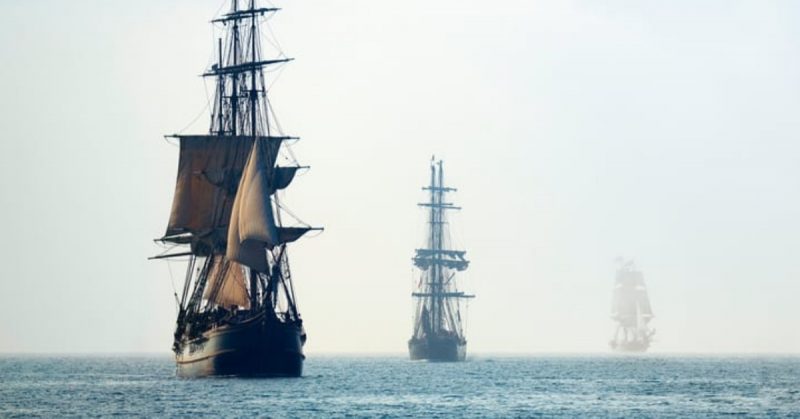One of the most iconic ships of the eighteenth century, Captain James Cook’s Endeavour, may have been found in a bay in Rhode Island. The boat, which was constructed in Britain from oak grown in the North of England, sailed from Plymouth, in the United Kingdom in August 1768.
It later became the first European ship to make landfall in Australia when it reached the East Coast in April 1770.
The vessel began its life as a Whitby Cat ship called The Earl of Pembroke. It was rigged as a merchant collier and was launched in 1764 from the shipbuilders at Whitby. It had a wide flat hull which made it ideal for beaching for the purposes of loading, unloading, and making any repairs.
This design was also ideal for traveling in shallow waters and in 1770 proved to be the fortunate choice when Cook narrowly avoided being shipwrecked on the Great Barrier Reef.
The Admiralty purchased the ship in May 1768 and transferred her to Deal in Kent to be fitted out for the expedition. An additional deck was added for cabins and storage. The vessel was loaded up with 6,000 pieces of pork, 4,000 of beef, 250 barrels of beer, and ten four-pounder cannons.
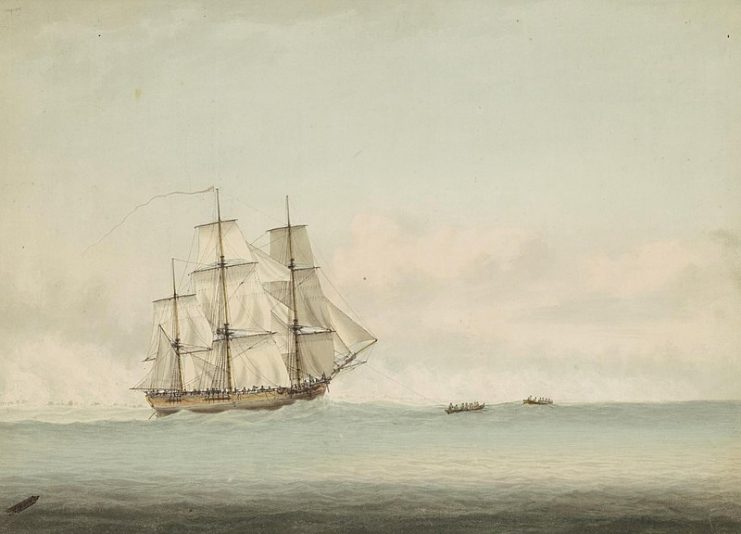
His Majesty’s Bark Endeavour had a crew of 73 sailors, 12 Royal Marines, an astronomer, and an eight-strong botanical survey team. It was from this expedition that the word “kangaroo” first entered the English lexicon.
Despite the success of Cook’s mission, the Endeavour spent the next three years toiling between the UK and the Falkland Islands until she was sold on in 1775. Later, having been renamed the Lord Sandwich, she was hired for use as a troop transport ship during the American War of Independence.
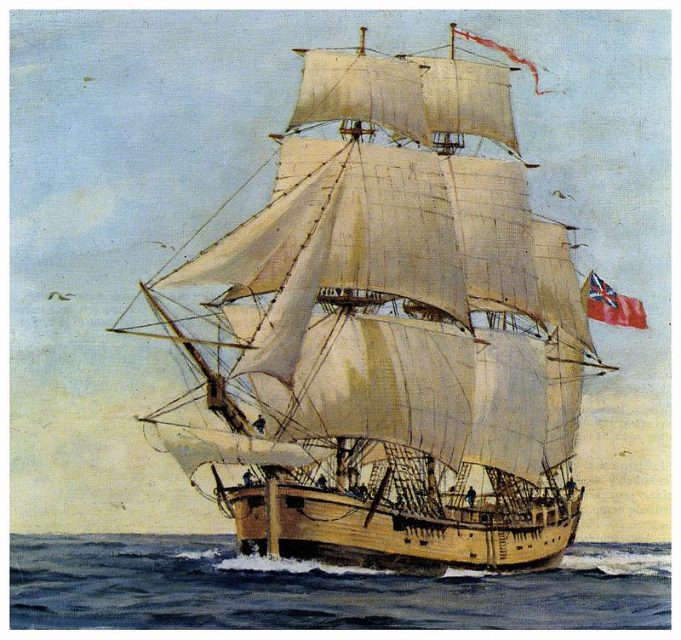
In August 1778, during the Battle for Rhode Island, she was scuttled along with 13 other ships to form a barricade in Newport Harbor. Researchers and marine archaeologists have been working on identifying the wreckage since the 1990s and have managed to narrow down the search for the Endeavour to one of five sites.
Kathy Abbass, Director of the Rhode Island Marine Archaeology Project (RIMAP), has been reported as saying “…we think we know which one it is.” Divers are currently taking samples of timber from all five wrecks in order to conduct forensic analysis.
A large percentage of the ships scuttled in Newport Harbor were built from timber of American or Indian origin. Tests should be able to reveal whether one of the sunken vessels was constructed from English oak.
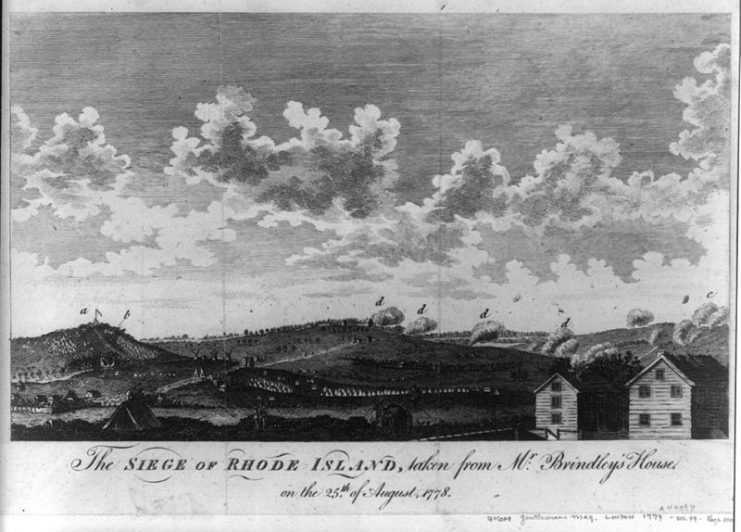
Unfortunately, this would still not be definitive evidence that the wreck of the Endeavour lies at the bottom of the bay, even though it would confirm that a ship of English origin is on the seafloor.
However, positive results will add to the growing list of circumstantial evidence that would support such a claim.
Kevin Sumption, Director of the Australian National Maritime Museum, said, “What we know is the size of the Endeavour’s hull [and that] a ship of that type uses certain dimensions of timber.” He went on to confirm that samples of the correct size had been found, consistent with a ship the size of the Endeavour.
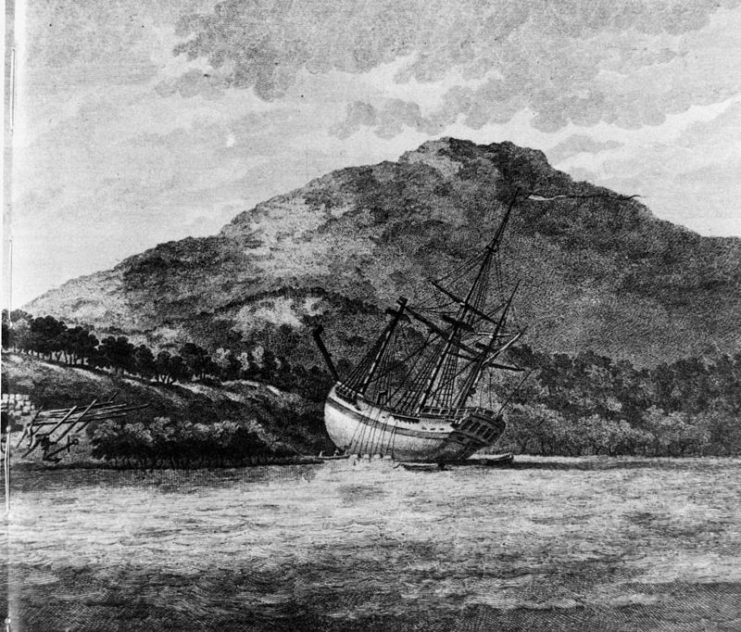
Should the timbers turn out to be of English origin, then the researchers from RIMAP are expected to seek permission from the Rhode Island authorities to carry out further excavations at the site. The goal would be to discover more evidence which could go on to build a definitive body of proof that this is the final resting place of this historic ship.
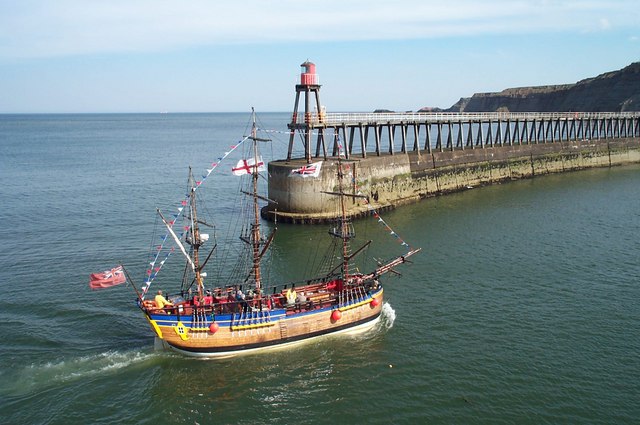
Read another story from us: How HMS Speedy Captured The El Gamo, Which Was 3 Times Her Size
The Endeavour research work is a collaboration between RIMAP and the Australian National Maritime Museum. The Museum is planning an exhibition in 2020 to mark the 250 years that have passed since Endeavour’s historic landfall on the East Coast of Australia.
